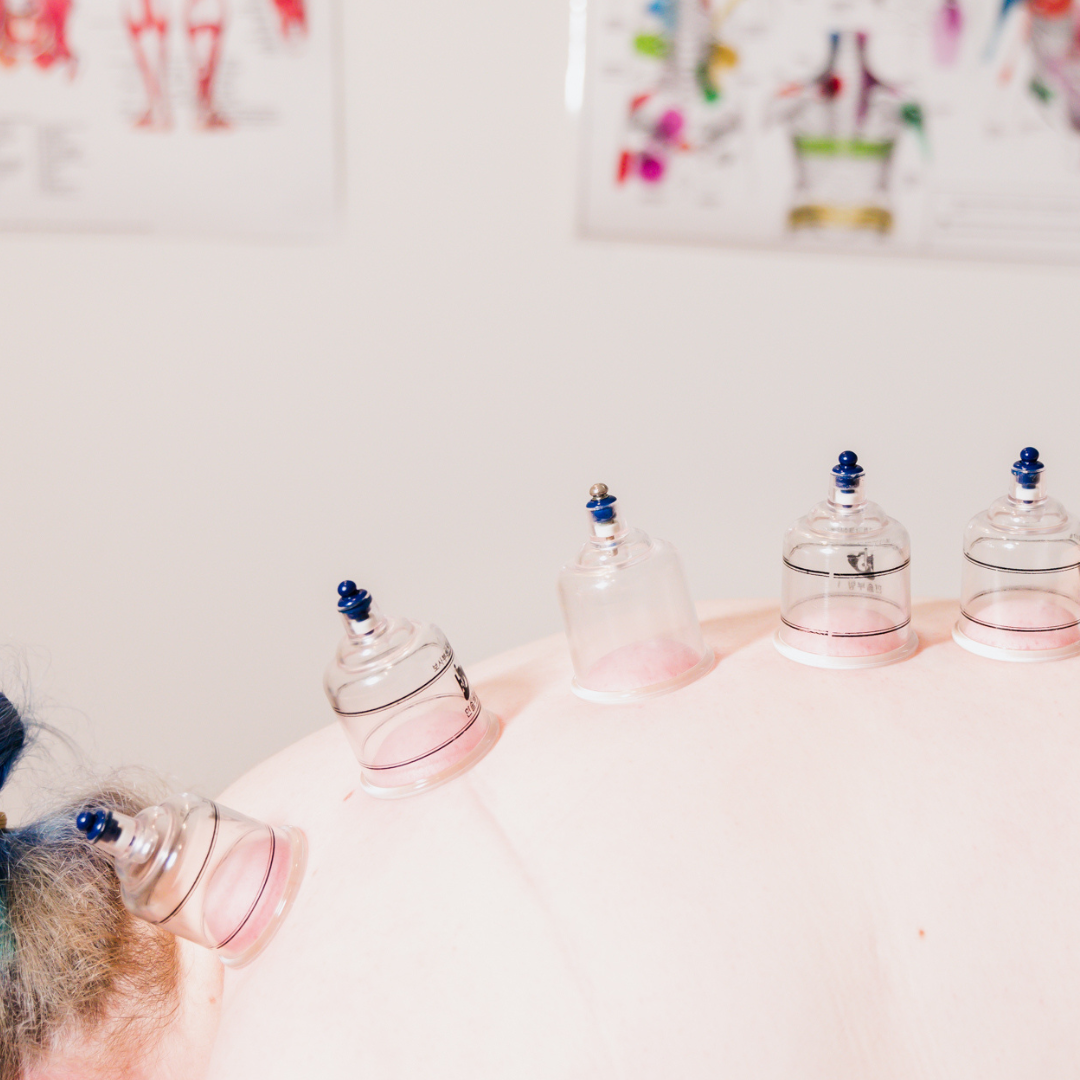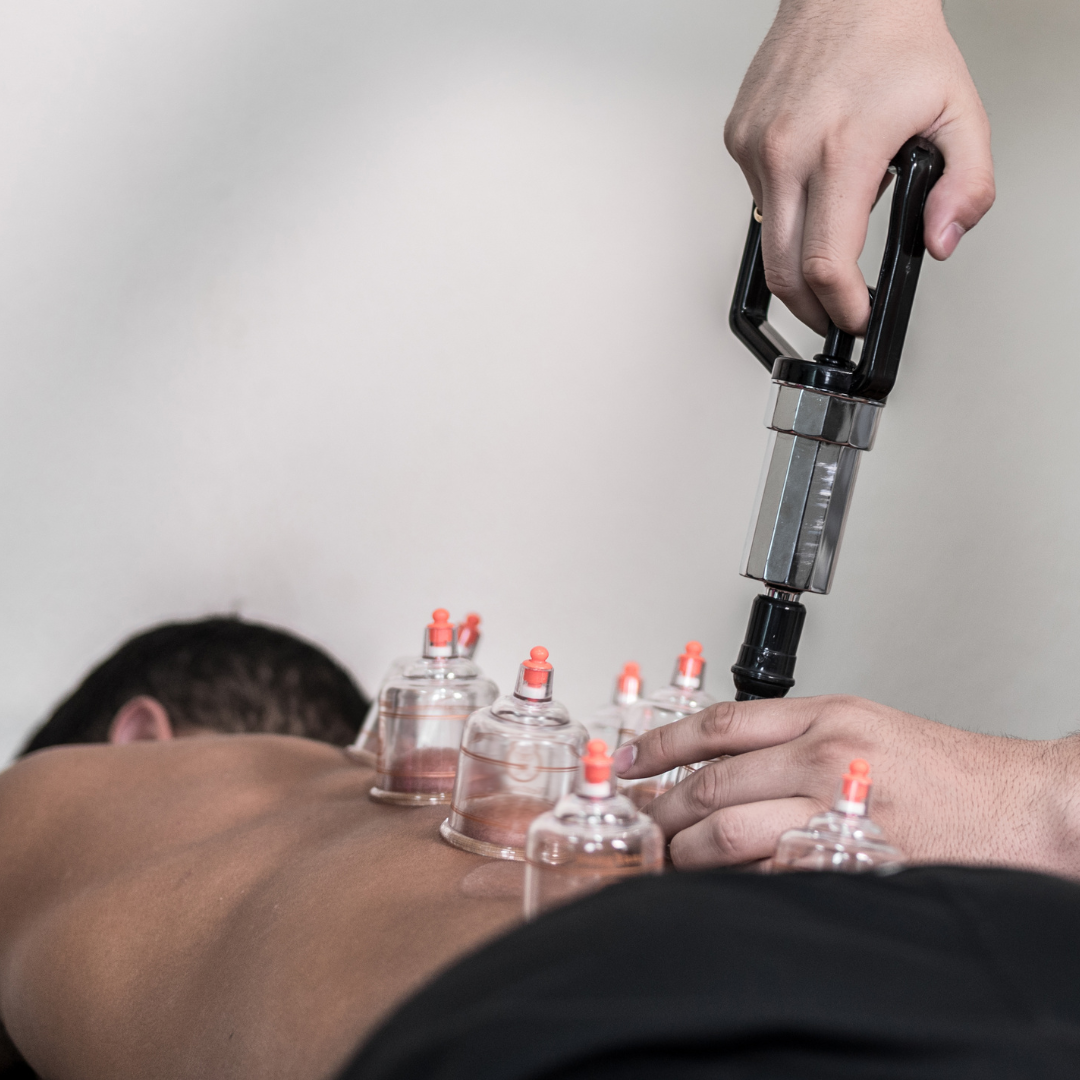|
By Rachael Bird, Myotherapist Myotherapy is a type of physical therapy that focuses on the assessment, treatment, and management of musculoskeletal pain and dysfunction. This means your favourite Myotherapist primarily targets soft tissues, such as muscles, tendons, ligaments, and fascia, to alleviate your pain and improve overall function. We have a variety of advanced techniques that can be used to calm down painful areas, reduce strain on injured muscles and joints, activate weak muscles and rebuild strength and stability. Our treatments include hands on massage and myofascial techniques; dry needling; cupping; MET (muscle energy technique); joint mobilisations; stretching; taping; prescribing exercises to restore muscle balance and strength; providing education and home care advice on how to give your body the best opportunity at recovering. Myotherapists are goal oriented healthcare professionals - that means that we carefully plan our treatment for your pain based on the outcomes we want to help you achieve. We can help you in the following way
Pain Reduction:
Improving circulation is an important factor in helping sore, tight, and tired muscles recover faster. This is because good blood flow is essential for delivering oxygen, nutrients, and hormones to the muscles and removing waste products. When circulation is poor, it can cause muscle tension, fatigue, and pain, leading to slower recovery and reduced performance. Think of circulation and blood flow as the way that your muscles breathe. Circulation is also essential for activating the immune system, which helps repair damaged tissues and reduce inflammation. When the immune system is working efficiently, it can more easily break down lactic acid and other waste products that build up in the muscles during exercise, reducing muscle soreness and stiffness.
There are a number of ways to improve circulation and support muscle recovery. One of the most effective is to engage in regular exercise, such as cardio or strength training, which can help increase blood flow and improve overall cardiovascular health. Stretching and foam rolling can also help improve circulation by loosening tight muscles and promoting blood flow. As Myotherapists and Remedial Massage Therapists, we have a wide range of circulation boosting tools at our disposal.
Heat therapy, such as using a hot bath or heating pad, can also be beneficial for improving circulation and reducing muscle pain. Heat increases blood flow to the affected area, which can help relieve tightness and reduce inflammation. Finally, proper nutrition is important for supporting circulation and muscle recovery. Eating a healthy, balanced diet rich in nutrients like vitamins C and E, magnesium, and omega-3 fatty acids can help improve circulation, reduce inflammation, and support overall health. Our therapists are not able to give customised nutritional advice, but we always suggest maintaining good hydration, eating a diet full of colourful fruits and veggies, and ensuring you get enough protein - whether thats animal or plant based, we're not here to judge! In conclusion, improving circulation is a crucial aspect of supporting muscle recovery and reducing muscle pain and fatigue. Incorporating activities like exercise, stretching, massage, heat therapy, and proper nutrition into your routine can help improve circulation and speed up the healing process. Want help from our therapists? Book a time to have a treatment with us. By Colette Corr Cupping is a favourite technique among Myotherapists to help with muscle tightness and pain. It has ancient origins, most famously in Traditional Chinese Medicine, but also used in many other cultures through the ages. Lets look at how Myotherapists apply cupping in a modern, Western framework. What is cupping?
Myofascial cupping is a soft tissue therapy that involves applying decompressed cups on the skin, creating a vacuum effect that lifts up underlying tissues close to the surface of the skin. Tissues lifted include connective tissue (fascia), along with muscles, blood and other fluid. Myofascial cupping is typically applied on the back, shoulder, neck, sacrum, hip, abdomen, legs or arms. It differs from the cupping done by traditional Chinese medicine and other Eastern medicine practitioners in that it is based on Western anatomy and physiology, and aims to treat conditions of muscles and fascia (myofascia), and not internal conditions. Fascia is a thin casing of connective tissue that surrounds and holds every organ, blood vessel, bone, nerve fibre and muscle in place. If you open up an orange, and see the white threads that hold the segments together, you can see fascia in action. In humans, as in the orange, fascia holds us together, but also allows us to move with structural integrity. Cupping has been used in many traditional medical systems in Europe, Asia and the Middle East. It is now seen in manual therapy professions, including myotherapy, and is used to treat soft tissue restrictions and muscle overactivity or tightness by increasing blood flow, reducing pain, and stretching superficial soft tissues, including fascia. Cups used at Simple Wellness Myotherapy We use three types of cups at Simple Wellness: flexible, food grade silicone cups, that are good for sliding, but can also be held in position (static). Another type of cups are plastic, with a pistol handle valve. This valve is used to tighten the cups to create a vacuum on the skin that is suitable for the client. The plastic cups are used statically, and can be combined with movements of the affected or nearby limb to create a myofascial stretch the tissue being cupped. We also have traditional glass and flame cups, where the flame is used to create heat and suction over the skin and muscle tissue. Myotherapists will use cupping for things like stiffness and tightness throughout the body, sciatica, rotator cuff pain, headaches, and much more. How can cupping help my condition? Manual therapy is known to alter tissue tone and change the consistency of the gel-like layer of connective tissue known as ground substance, affecting fascia by altering its viscoelastic, shock-absorbing and energy-absorbing properties. Cupping also has been found to promote the flow of oxygenated blood to the targeted muscle, improving muscle tone and range of motion; and to change biomechanical properties of the skin, increase pain tolerance, and reduce inflammation. There are benefits to the central nervous system due to feedback from local skin receptors where the cups have been applied, and the lymphatic system is stimulated, improving lymphatic drainage and the elimination of cellular waste. Side effects of cupping Cupping can marks or ‘bruises’ which can last up to three weeks. This is more likely with the plastic and glass cups than the flexible silicon cups. Other side effects include temporary light-headedness, or feeling dizzy or nauseous after treatment. This is why we will always gain your informed consent before using cupping as part of your treatment. Please inform your therapist of the following before receiving any cupping. While cupping may still be beneficial, another technique may be more suitable: - If you are extremely fatigued - Taking certain medications, including anticoagulants or topical steroids - If you have sensitive or thin skin - If you have high or low blood pressure. When should cupping not be used? Cupping is just one of a variety of techniques that your myotherapist can use. We will not perform cupping where there is ongoing inflammation or swelling, as cupping will increase blood flow to the area, temporarily increasing swelling. We also avoid cupping in areas where there is bruising, or if you have a high temperature, skin infection, or dehydration. Other conditions where we will choose different techniques include if you have a blood disorder, organ inflammation or perforation (such as a gastric ulcer), cancer, or if you are recovering from a cardiac condition. Please discuss any existing conditions with your practitioner to help us determine together if cupping is suitable for you. Cupping aftercare After your treatment, remember to rehydrate with water, stay warm, and rest. Gentle movement and stretching can also be helpful to retain the improved mobility from your cupping treatment. Who can provide cupping at Simple Wellness Myotherapy? Our Myotherapists are all trained in cupping. When you book online you can choose a practitioner - currently we only have one therapist who doesn't provide cupping, which is Jacqui, our Remedial Massage Therapist. If you're unsure, you can also call the clinic on 03 8204 0970 and talk with our team about who is best to see for cupping. |
Meet Our Team
We have a team of great practitioners available 7 days a week at our Rowville clinic. Archives
July 2024
Categories
All
|
Got a question about Myotherapy?
Contact Mel by phone, email or Facebook
|
Simple Wellness Myotherapy & Remedial Massage Clinic
Shop 12B 150 Kelletts Rd Rowville VIC 3178 |
Phone us on
03 8204 0970 |




 RSS Feed
RSS Feed